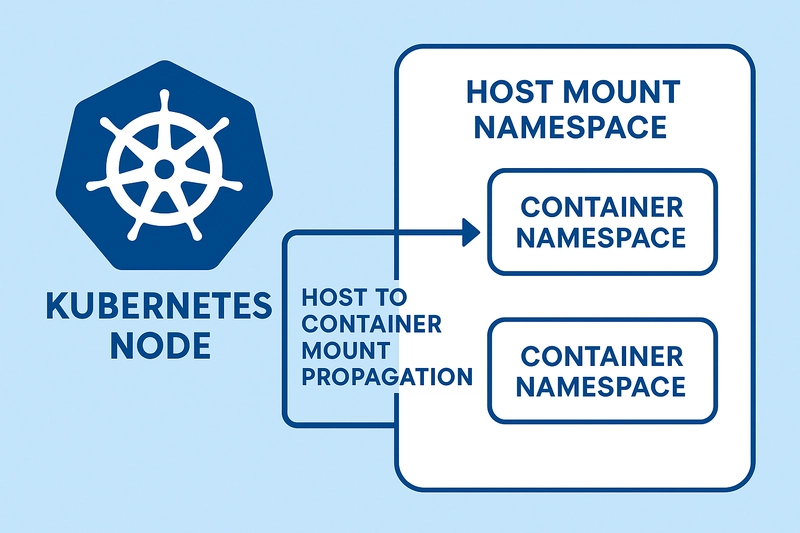Hackers Weaponized Google Forms to Evade Email Security & Steal Logins
Google Forms, the tech giant’s widely used survey tool, has become a favored weapon in cybercriminals’ arsenal. It enables them to bypass sophisticated email security filters and harvest sensitive credentials. Security researchers have identified a surge in attacks that leverage this trusted platform to create convincing phishing campaigns that exploit users’ inherent trust in Google’s […] The post Hackers Weaponized Google Forms to Evade Email Security & Steal Logins appeared first on Cyber Security News.

Google Forms, the tech giant’s widely used survey tool, has become a favored weapon in cybercriminals’ arsenal. It enables them to bypass sophisticated email security filters and harvest sensitive credentials.
Security researchers have identified a surge in attacks that leverage this trusted platform to create convincing phishing campaigns that exploit users’ inherent trust in Google’s services.
Cybercriminals are increasingly utilizing Google Forms due to several tactical advantages.
Attackers Are Exploiting Google Forms
The platform’s reputation as a legitimate Google service means that links to these forms frequently bypass email security controls that would generally flag suspicious URLs.
Since Google Forms operates under the *.google.com domain and employs HTTPS encryption, security solutions often categorize this traffic as trustworthy.
ESET researchers stated that the attack typically begins with a phishing email containing urgent messaging about account verification, password resets, or security alerts.
These emails include a link to a Google Form designed to mimic legitimate login portals for services like Microsoft 365, banking websites, or corporate VPNs.
The malicious forms employ several techniques to appear authentic. By implementing custom styling and familiar brand elements, victims often fail to notice they’re submitting credentials to a malicious form rather than a legitimate login page.
Traditional email security relies heavily on URL reputation and domain blacklisting. Google Forms exploits are challenging because they use legitimate domains (docs.google.com/forms/) that can’t be broadly blocked without disrupting business operations.
Additionally, attackers leverage URL obfuscation techniques and URL shorteners to mask the destination further.
Security researchers have observed attackers utilizing the HTTP POST method within forms to transmit stolen credentials to external servers through webhook functionality, making detection particularly challenging for security teams.
Financial institutions report a 63% increase in Google Forms-based phishing attacks targeting their customers, with one major bank identifying over 2,300 credential theft attempts in a single month.
Educational institutions have been particularly vulnerable, with multiple universities reporting widespread credential harvesting campaigns targeting faculty and students.
Protection Measures
Organizations should implement the following safeguards:
- Deploy advanced email security with deep content inspection capabilities
- Establish strict SPF, DKIM, and DMARC protocols
- Implement multi-factor authentication across all systems
- Conduct regular security awareness training focusing on recognizing legitimate Google Forms
Users should verify all form URLs carefully before submitting credentials and remember that legitimate services rarely request password verification through Google Forms.
As attackers continue weaponizing trusted platforms, maintaining vigilance against these increasingly sophisticated social engineering techniques remains essential for individuals and organizations.
Malware Trends Report Based on 15000 SOC Teams Incidents, Q1 2025 out!-> Get Your Free Copy
The post Hackers Weaponized Google Forms to Evade Email Security & Steal Logins appeared first on Cyber Security News.






































































![New iPhone 17 Dummy Models Surface in Black and White [Images]](https://www.iclarified.com/images/news/97106/97106/97106-640.jpg)


![Mike Rockwell is Overhauling Siri's Leadership Team [Report]](https://www.iclarified.com/images/news/97096/97096/97096-640.jpg)


































































































































































































![[The AI Show Episode 144]: ChatGPT’s New Memory, Shopify CEO’s Leaked “AI First” Memo, Google Cloud Next Releases, o3 and o4-mini Coming Soon & Llama 4’s Rocky Launch](https://www.marketingaiinstitute.com/hubfs/ep%20144%20cover.png)






















































































































![Is This Programming Paradigm New? [closed]](https://miro.medium.com/v2/resize:fit:1200/format:webp/1*nKR2930riHA4VC7dLwIuxA.gif)













































-Classic-Nintendo-GameCube-games-are-coming-to-Nintendo-Switch-2!-00-00-13.png?width=1920&height=1920&fit=bounds&quality=70&format=jpg&auto=webp#)





































































